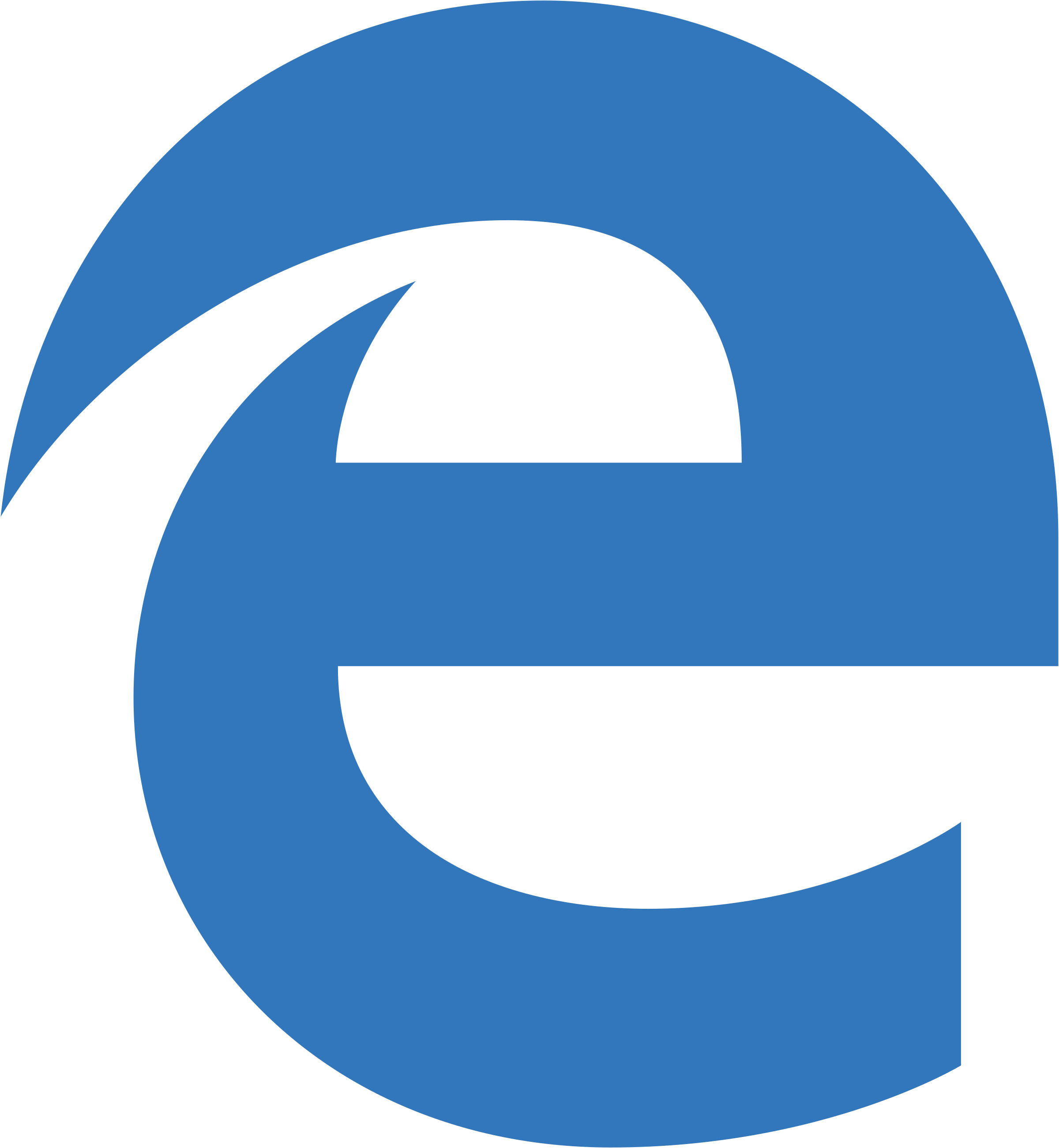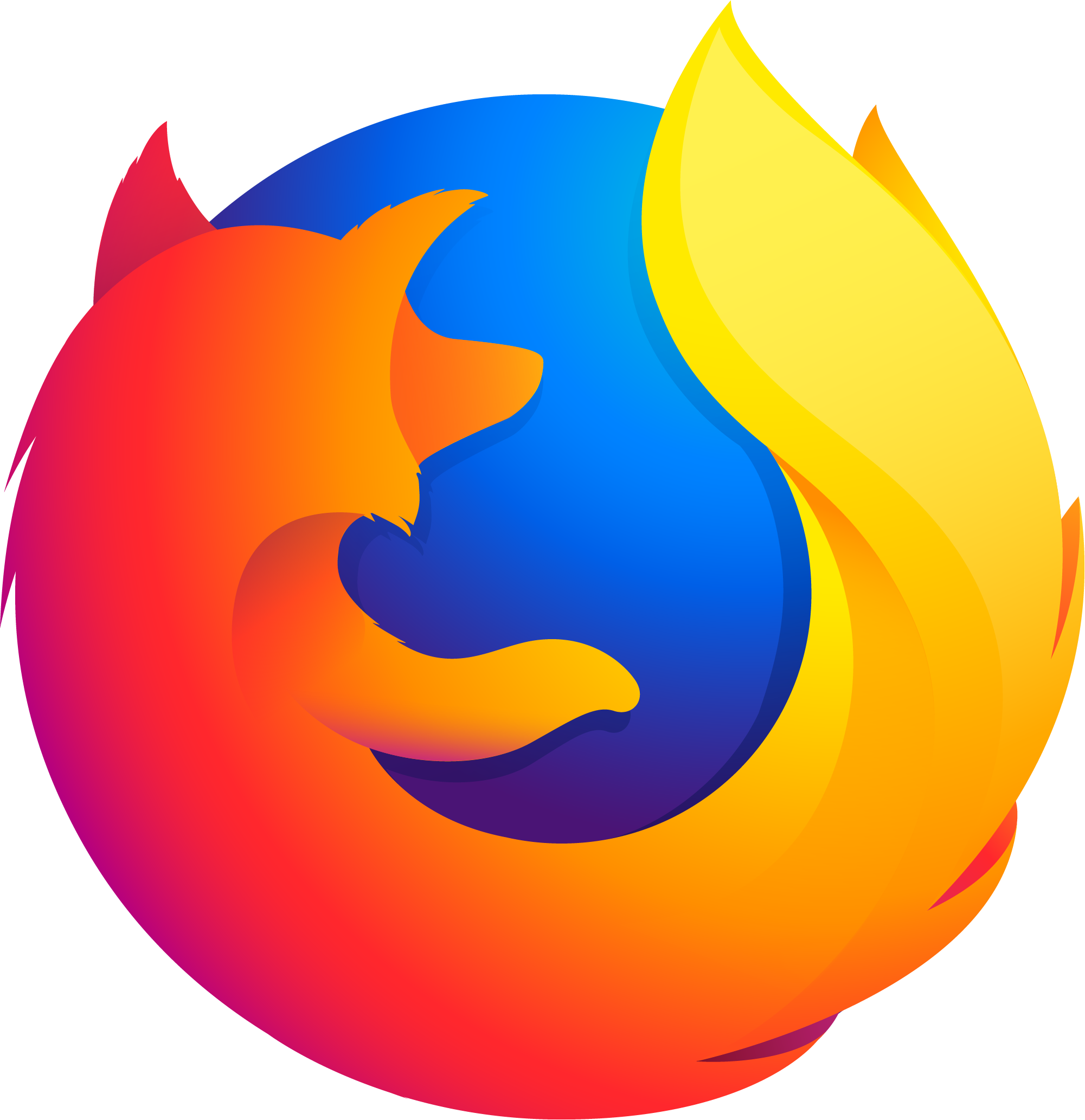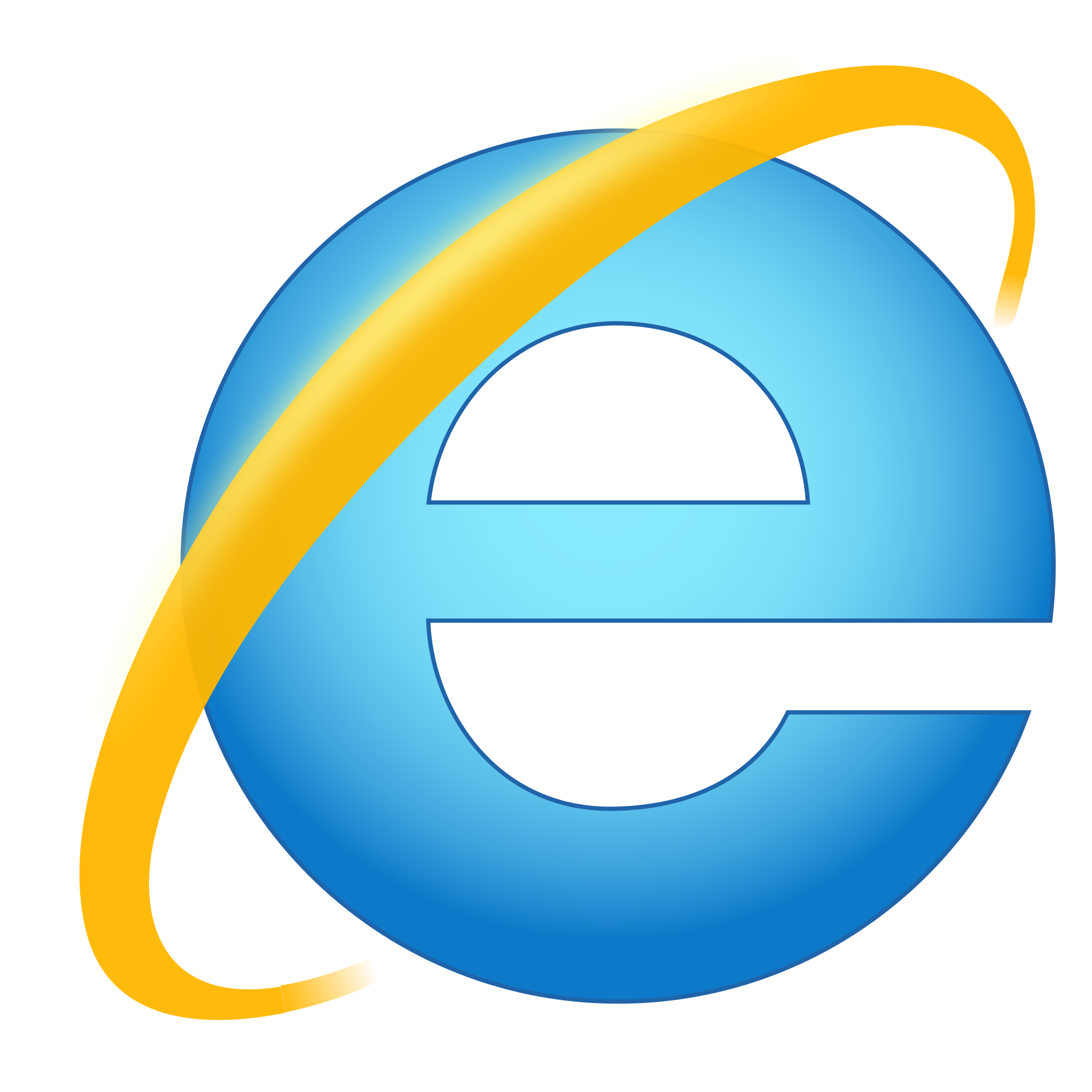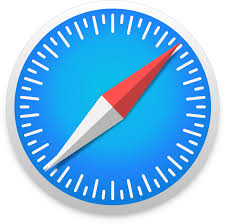Contents
HTML button: Main Tips
- The HTML
<button>element creates a clickable button, which can be put anywhere in the web page. - Browsers present this button according to the host platform. However, the appearance of HTML buttons can be changed with CSS.
<button>HTML is easier to style than the <input> since it accepts not only text value.
Use and Purpose of button
Learning how to make a button in HTML begins by learning the use of <button> element.
This code reveals how to make buttons by using the <button> element:
<button style="background-color: blue;" type="button">
I am a blue button! Click me!
</button>JavaScript adds functions to HTML buttons:
<button type="button" onclick="alert('Hi user!')">Press me!</button>One of the simplest ways of creating HTML button link is to repeat the following code:
<p>This button transfers you to another website!</p>
<a href="http://bitdegree.org" target="_blank">
<button>Click me!</button>
- Easy to use with a learn-by-doing approach
- Offers quality content
- Gamified in-browser coding experience
- The price matches the quality
- Suitable for learners ranging from beginner to advanced
- Free certificates of completion
- Focused on data science skills
- Flexible learning timetable

- Simplistic design (no unnecessary information)
- High-quality courses (even the free ones)
- Variety of features
- Nanodegree programs
- Suitable for enterprises
- Paid Certificates of completion

- A wide range of learning programs
- University-level courses
- Easy to navigate
- Verified certificates
- Free learning track available
- University-level courses
- Suitable for enterprises
- Verified certificates of completion
Attributes for button
autofocus
It sets focus after a web document loads.
disabled
It defines a disabled button.
form
It defines a form ID to which the button is associated.
<form action="http://www.bitdegree.org/" method="GET" id="Search">
Search Term: <input type="text" name="search_query">
</form>
<button type="submit" form="Search">Search</button>formaction
It sets the location for submitting the form data.
<form action="https://www.bitdegree.org/learn/html-button/#ltbuttongt" method="GET">
Search Term: <input type="text" name="q">
<button type="submit" formaction="https://www.google.com/search">Search</button>
</form>formenctype
It sets the type of content applied to submit the form to the server.
<form action="https://www.bitdegree.org/learn/best-code-editor/?example=27003" method="get">
Select Image: <input type="file" name="uploaded_filename">
<button type="submit" formenctype="multipart/form-data">Upload</button>
</form>formmethod
It sets the type of HTTP method.
<form action="search" method="GET">
Search Term: <input type="text" name="search_query">
<button type="submit" formmethod="get">Search</button>
</form>formnovalidate
It sets no support for validation features.
<form action="https://www.bitdegree.org/learn/best-code-editor/?example=27006" method="POST">
Name: <input type="text" name="name">
Email ID: <input type="text" name="email">
<button type="submit" formnovalidate>Search</button>
</form>formtarget
It sets the target location for the web server response.
<form action="https://www.bitdegree.org/learn/html-button/#ltbuttongt" method="GET">
Search Term: <input type="text" name="search_query">
<button type="submit" formtarget="_blank">Search</button>
</form>name
It defines the button name.
<form action="search" method="GET">
Search Term: <input type="text" name="search_query">
<button type="submit" name="search">Search</button>
</form>type
It defines the type of button.
<form action="search" method="GET">
Search Term: <input type="text" name="search_query">
<button type="submit">Search</button>
</form>value
It defines the value associated with the name submitted along with form data.
<form action="search" method="GET">
Search Term: <input type="text" name="search_query">
<input type="submit" value="Search">
<button type="submit" name="search" value="search_button">Search</button>
</form>Browser support

Chrome

Edge

Firefox

IE

Opera

Safari
Mobile browser support

Chrome

Firefox

Opera

 HTML
HTML  CSS
CSS  PHP
PHP  JavaScript
JavaScript  SQL
SQL  Bootstrap
Bootstrap  Solidity
Solidity  jQuery
jQuery  Git
Git  Chrome DevTools
Chrome DevTools  C++
C++  Python
Python 



